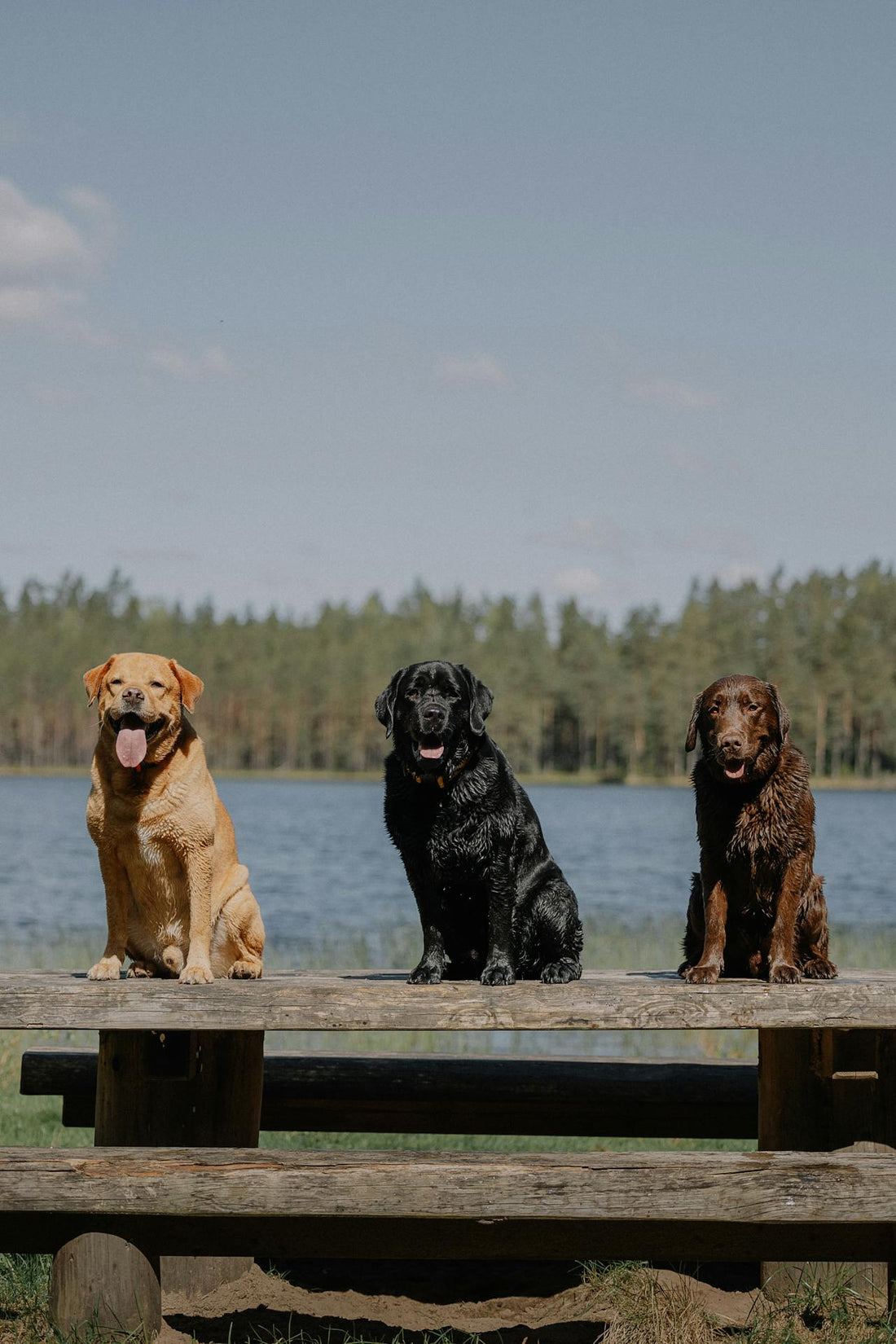As temperatures rise, it's crucial to consider how excessive heat impacts our beloved pets. Just as we need to stay cool and hydrated during a heatwave, our furry companions require extra care to ensure their well-being. Whether you're a dog owner, a cat lover, or have other pets, understanding how heat affects them and implementing strategies to keep them comfortable is essential. In this guide, we’ll cover practical tips and advice to help you protect your pets from the dangers of excessive heat.
Understanding How Heat Affects Pets
Pets are not as well-equipped as humans to handle extreme temperatures. Unlike us, most animals do not have the ability to sweat effectively. Dogs and cats primarily cool themselves through panting, and some animals can only tolerate a narrow range of temperatures. Excessive heat can lead to heat exhaustion, heatstroke, and other serious health issues.
Symptoms of Heatstroke in Pets
Recognizing the signs of heatstroke is crucial. Symptoms include:
- Excessive Panting: While panting is normal, excessive panting, especially when paired with other symptoms, can be a red flag.
- Drooling: Increased saliva production can indicate distress.
- Bright Red or Blue Gums: Gums that are red or blue are a sign of severe heat distress.
- Vomiting or Diarrhea: Digestive issues can arise when pets are overheated.
- Lethargy: An unusually tired or weak pet may be suffering from heatstroke.
If you notice these signs, seek veterinary care immediately.
Tips for Keeping Pets Cool
1. Provide Plenty of Fresh Water
Always ensure that your pet has access to clean, fresh water. Hydration is vital in preventing overheating. For pets that are outdoors, consider placing multiple water bowls around the yard and changing the water frequently.
2. Create a Cool Space
Create a comfortable, cool area in your home where your pet can retreat from the heat. If you don’t have air conditioning, fans can help, and placing your pet’s bedding in a shaded spot can make a big difference. You might also use cooling mats or damp towels to help them stay cool.
3. Avoid Hot Pavement
Walking your dog on hot pavement can burn their paw pads. Try walking your pet early in the morning or late in the evening when the pavement is cooler. You can also test the temperature of the pavement with your hand—if it’s too hot for you, it’s too hot for your pet.
4. Grooming
Regular grooming helps your pet stay cool by removing excess fur. However, avoid shaving your pet’s coat entirely as their fur provides insulation against heat as well as cold. Instead, opt for trimming or brushing to help with ventilation.
5. Limit Exercise
During extreme heat, limit physical activity. Shorten walks and play sessions, and opt for indoor games to keep your pet entertained without risking overheating.
6. Use Cooling Products
There are various cooling products available for pets, such as cooling vests, mats, and beds. These items are designed to help regulate your pet’s body temperature and provide relief from the heat.
Tips for Different Types of Pets
Dogs
- Hydration: Ensure constant access to water.
- Shade: Provide shaded areas during outdoor play.
- Cooling Gear: Consider using cooling vests or bandanas specifically designed for dogs.
Cats
- Indoor Environment: Keep indoor cats cool with fans or air conditioning.
- Cool Surfaces: Cats often seek out cool surfaces; provide them with cooling mats or damp towels.
- Hydration: Make sure water bowls are always filled.
Additional Precautions
Never Leave Pets in Cars
Leaving pets in parked cars can be fatal. Temperatures inside a car can rise rapidly, even with the windows slightly open. Always take your pet with you when you leave your vehicle.
Watch for Signs of Dehydration
Monitor your pet’s hydration by checking for signs of dehydration, such as dry gums, lethargy, or sunken eyes. Provide water frequently and encourage drinking.
Know When to Seek Help
If your pet shows signs of heatstroke or distress, seek veterinary assistance immediately. Heatstroke can escalate quickly and requires prompt treatment to prevent serious health complications.
Conclusion
Keeping your pets safe during excessive heat requires vigilance and proactive measures. By providing adequate hydration, creating cool environments, and avoiding dangerous situations, you can help ensure that your pets remain comfortable and healthy during hot weather. Regularly monitor your pets for signs of heat-related issues, and be prepared to seek veterinary care if necessary. By taking these precautions, you can enjoy the summer months knowing that your furry friends are well-protected from the heat.

